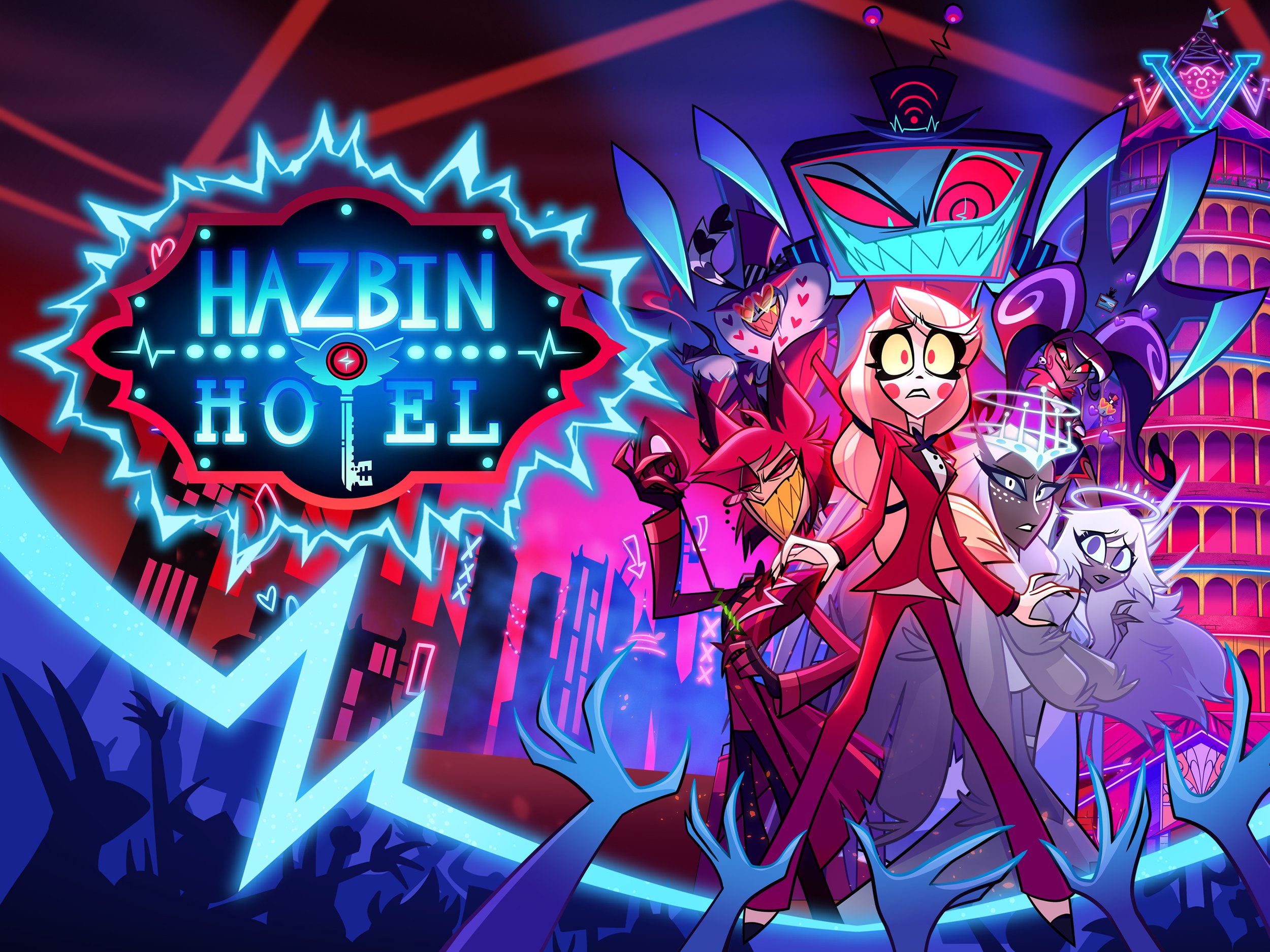The Simpsons and the Feedback Loop Between Culture and Reality
For decades, The Simpsons has occupied a strange place in the cultural imagination: simultaneously a comedy, a social critique, and, according to internet lore, a prophetic text. Clips circulate claiming that the show predicted Donald Trump’s presidency, the invention of smartwatches, economic crises, viral pandemics, and countless other phenomena. Most attempts to debunk these claims point out that a long-running satirical series with hundreds of episodes will naturally stumble onto things that look predictive in hindsight. But there is a deeper, more compelling explanation—one that doesn’t rely on coincidence or supernatural foresight. Rather than predicting events, The Simpsons has often influenced the events, behaviors, and cultural patterns that later appear to “fulfill” its jokes.
Understanding this influence requires looking beyond the show itself and into broader sociopsychological dynamics: how media shapes collective memory, how satire rewires expectations, and how cultural output becomes raw material for real-world decision-making. The Simpsons, intentionally or not, helped set templates that later public figures, institutions, and audiences adopted. Its supposed predictions are not foresight; they are feedback loops.
A Cultural Blueprint, Not a Crystal Ball
For over thirty years, The Simpsons has been a dominant cultural force. At its peak, it was one of the most widely watched shows on television, and it became a shared reference point across generations. When a single media text embeds itself that deeply, it becomes more than entertainment—it becomes a blueprint for how people imagine society. Characters, jokes, and scenarios become cultural shorthand.
This saturation means that later real-world events don’t simply resemble the show by accident. Instead, people often model actions, visuals, and narratives—sometimes unconsciously—based on frameworks they’ve seen before. A satirical moment becomes a mental template, and that template becomes a real decision point.
A politician might stage an entrance that mirrors a comedic exaggeration because it “feels right.” A tech company might design something reminiscent of an old gag simply because the gag itself became part of the cultural understanding of what the future looks like. These replications are subtle and incremental, but over time they accumulate into the illusion of prediction.
The Echo Chamber of Familiar Imagery
One of the clearest examples of this dynamic is visual mimicry. The famous case of Donald Trump descending a golden escalator—first depicted on The Simpsons, then later occurring during his 2015 campaign announcement—gets framed as prophetic. When viewed sociopsychologically, though, it looks less mysterious.
The Simpsons animators were not clairvoyant; they were riffing on Trump’s long-established persona of gaudy excess. Gold décor, dramatic entrances, and spectacle were already tropes associated with his brand. Years later, Trump’s campaign planners, many of whom grew up immersed in pop culture, crafted a visually resonant moment that leaned into these same tropes. It wasn’t a prediction—it was a cycle of imagery, where satire amplifies a public identity and the public figure then performs that identity in increasingly literal ways.
This is the same mechanism through which Halloween costumes, political cartoons, and late-night comedy sketches shape how public figures eventually present themselves. Once a satirical version becomes widely recognized, the real version may adopt—or feel boxed into—those characteristics. Satire and reality merge, creating the appearance that the satire “predicted” the behavior.
Satire as a Self-Fulfilling Framework
Satire doesn’t just reflect society; it pressures society. Sociologists often describe satire as both a mirror and a mold—exposing dysfunction while subtly shaping expectations about how that dysfunction operates. Over time, these expectations can influence actual behavior.
The Simpsons consistently mocked political incompetence, corporate greed, and governmental inefficiency. These portrayals didn’t create these problems, but they helped normalize them as familiar patterns. When a politician behaves absurdly, it feels unsurprising because satire has already scripted that storyline. When a corporation makes a tone-deaf decision, it mirrors an archetype the show satirized years prior.
When enough people share the same satirical reference points, satire itself becomes part of the cultural operating system.
This creates a psychological comfort with the absurd, the dysfunctional, or the exaggerated. Some events that resemble Simpsons gags do so because the show helped define what “typical” looks like. Society acts out its own parody.
The Power of Collective Memory and Retrofitting
Another psychological component is selective memory. People tend to remember moments that match an existing narrative and forget the thousands of elements that don’t. When a real-world event vaguely resembles a comedic plot from the show, the resemblance jumps out, reinforced by nostalgia and the familiarity of memes.
But when the resemblance becomes widely recognized, it can change how people remember both the show and the event. Pop culture becomes a reference point not just for entertainment but for meaning-making. The event feels like it happened before—even though it didn’t. This is retrofitting: the mind stitching together unrelated moments into a coherent story.
That narrative then spreads through media, reinforcing itself, and eventually becomes part of the collective story of culture: The Simpsons “predicted” something again. But what’s actually happening is the construction of shared meaning, not proof of foresight.
Life Imitates Art Because Art Shapes Imagination
A key sociopsychological insight is that humans use mental models to interpret the world and guide behavior. One source of those models is fiction. Science fiction influenced real-world innovation; political dramas influence public expectations about government; medical shows affect beliefs about healthcare. The Simpsons did something similar, but with satire.
Because the show depicted so many exaggerated versions of political events, corporate mishaps, or technological trends, it filled the cultural imagination with certain archetypes. When people later face situations that resemble those archetypes, they often respond in ways that unconsciously replicate the satirical version. This is especially true for people in positions of influence—politicians, marketers, designers—who operate within a symbolic and media-driven world.
Thus, the show didn’t predict smartwatches; it helped shape the mental storyboard of what “future gadgets” might look like. It didn’t predict corrupt leaders; it helped cement a cultural expectation that leadership often behaves absurdly. People bring to life what they’ve been taught to envision.
Why the Myth of Prediction Persists
The appeal of the prediction narrative is psychological. Humans gravitate toward patterns, especially ones that suggest hidden knowledge or mysterious insight. Saying The Simpsons predicted the future is more thrilling than acknowledging the slower, messier truth: culture influences behavior, and behavior sometimes mirrors culture.
There is also comfort in believing that the future is legible, that someone has already seen the script. The idea of prediction feels like control. The idea of influence requires confronting how much of modern life is shaped by the accidental consequences of mass media.
Simply Put: The Show Shaped Reality More Than It Saw It
The supposed predictions of The Simpsons are best understood not as uncanny foresight but as evidence of its cultural power. Through humor, exaggeration, and sharp social commentary, the show helped define how people imagine politics, technology, social norms, and public absurdities. Over time, individuals and institutions molded their own behaviors—sometimes consciously, sometimes through cultural drift—around familiar tropes that the show helped popularize.
In this sense, The Simpsons didn’t predict the future.
It helped create the cognitive and cultural environment that made certain events feel natural, inevitable, or even iconic when they finally happened.
The real phenomenon isn’t prophecy—it's a feedback loop in which art shapes culture, culture shapes behavior, and behavior then circles back to resemble the art. That loop, rather than prediction, explains why the show continues to feel eerily ahead of its time.
Sources
simpsons-bibliography-Roberto-Delgadillo.pdf
How The Simpsons predicts the future | Jesus College in the University of Cambridge
Simpsons writer has explanation for the show being able to predict so many major events - JOE.co.uk
[2112.03025] Investigating the Impact of 9/11 on The Simpsons through Natural Language Processing








